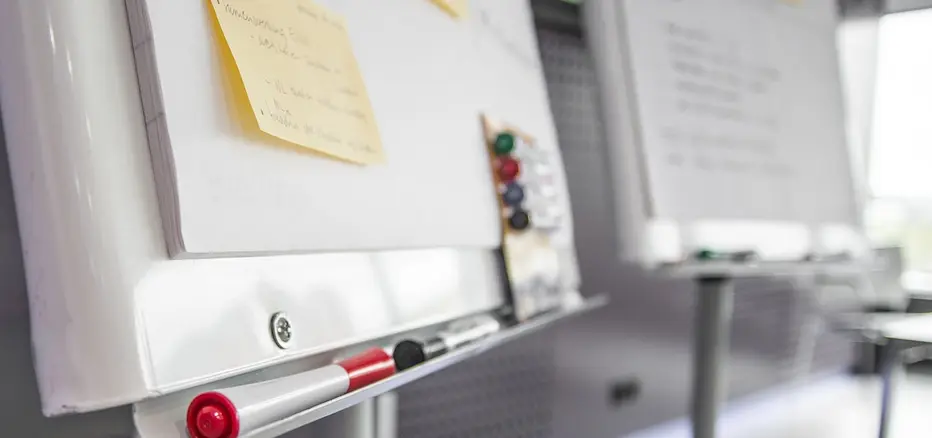7 Ways to Lead Meetings Effectively

What do you like in meetings you attend? Do that when you lead meetings and you’ll lead more effectively. Two things I like are a white board and a consent agenda.1 Having someone take notes on a whiteboard helps me follow what is happening, particularly when motions are being wordsmithed. Using a consent agenda means more time for discussion because reports aren’t read during meetings.
Want some additional suggestions? Here are seven:
1. Cultivate the idea that meetings are ministry
Meetings are not irrelevant time wasters. Meetings are not necessary evils. Meetings are opportunities for the body of Christ to encourage each other, deepen shared understanding, and make decisions that move ministry forward.
2. Schedule a meeting only when necessary
Schedule a meeting to address substantive goals that cannot effectively be addressed without talking face-to-face. If the goals of the meeting aren’t substantive, don’t schedule the meeting. If the goals of the meeting can be easily accomplished through email, shared documents, and conversation, don’t schedule the meeting.
3. Write agenda items as goals, not topics
Doing this will help meeting participants understand what needs to be accomplished. Instead of “Leadership development,” write, “Decide on program for Sunday school teacher training.” Instead of “Member care,” write, “Respond to proposal to implement coaching throughout our mission.”
4. Group similar agenda items together
Different types of agenda items require different types of thinking. Grouping similar agenda items together increases the likelihood that people will think effectively. Types of agenda items include big-picture tasks (reviewing the mission and current trends), strategy-related tasks (considering key issues and finding better ways to achieve the mission), and tactical tasks (sharing information and giving progress reports on assigned tasks).
5. Help meeting participants to come prepared
Send the agenda and all supporting documents to meeting participants in one email. This will help people stay organized. Send the email enough ahead of time so people have time to prepare. (You will need to set a submission deadline for documents to be used in the meeting. Setting a deadline is reasonable because the goal is to have people come prepared.)
6. Establish meeting guidelines
For example: Have only one person talk at a time, take five-minute breaks every hour to keep everyone fresh, send out the meeting minutes within 24 hours of the meeting, and make sure everyone knows what they are responsible to do. Establishing meeting guidelines will help everyone know what is expected and work together effectively.
7. Start and end each meeting on a positive note
Don’t start a meeting with a challenging agenda item—for example, developing a strategic plan. Instead, start with an easy agenda item like approving the agenda. Don’t end a meeting with a potentially contentious agenda item, possibly resulting in people leaving with negative feelings. Instead, end the meeting with a reflection time on what went well during the meeting.
What about you?
- What is one meeting you lead?
- What is satisfying/unsatisfying about leading meetings?
- How could you lead meetings even more effectively?
- What will you do?

1. A consent agenda is a single item on an agenda that encompasses all the things that would normally be approved with little comment. See http://www.help4nonprofits.com/UseItToday/UseItToday-Consent_Agenda.htm
